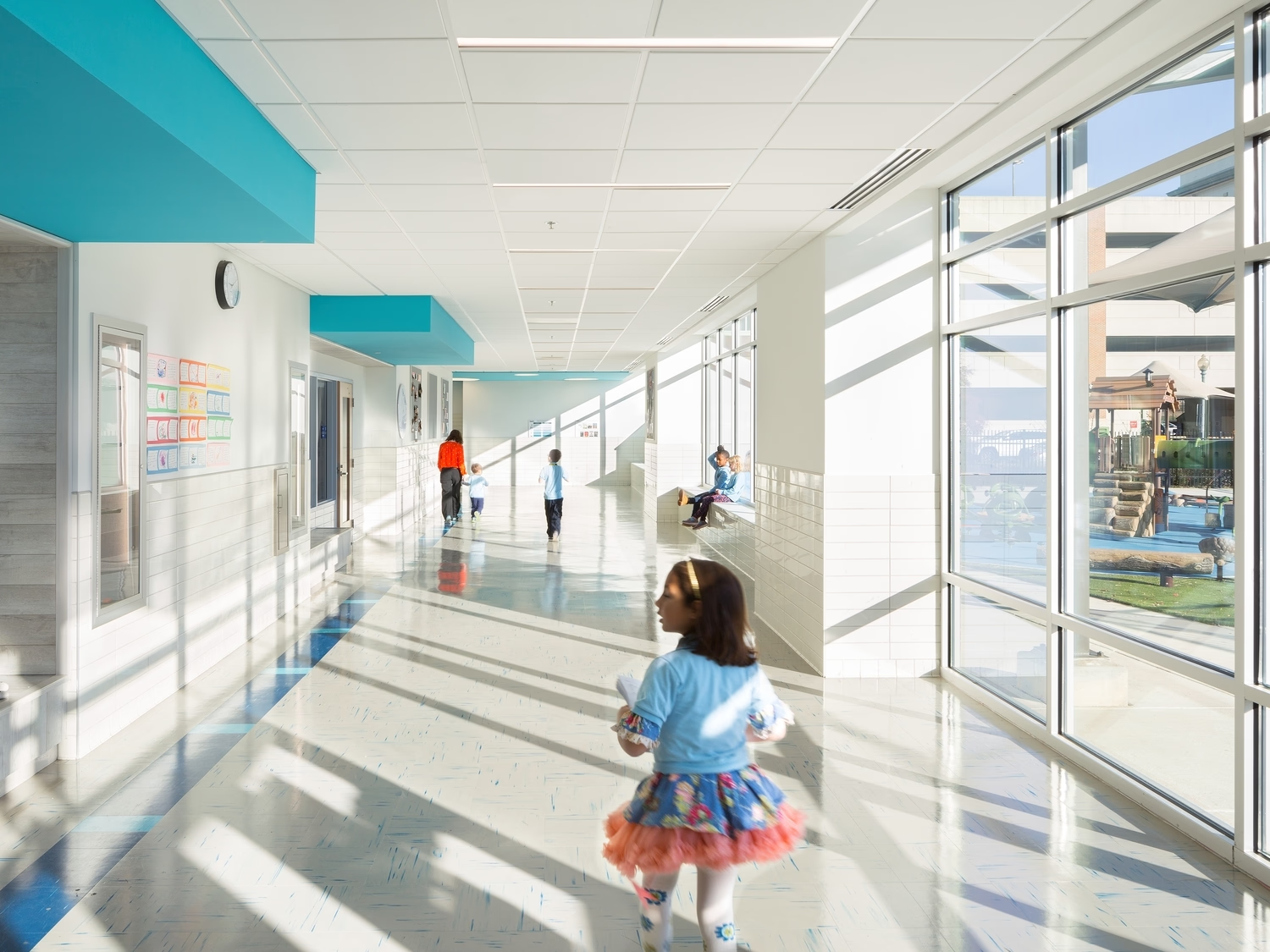The Rehabilitation of Arlington Memorial Bridge Preserves its Historic Character
Among the most celebrated and well-travelled landmarks in the nation, Arlington Memorial Bridge opened in 1932 as the ceremonial grand entrance to the monumental core of Washington, D.C. The low arch bridge was designed by the renowned firm of McKim, Mead & White in the Neoclassical style and was planned to serve as a symbol of reconciliation and unity between the North and the South.

Arlington Memorial Bridge crosses the Potomac River on the axis between the Lincoln Memorial at the National Mall’s western edge and Arlington House, the Robert E. Lee Memorial in Arlington National Cemetery. Constructed of masonry, steel, and stone, the structure was designed with nine reinforced concrete arch approach spans and a central, double-leaf bascule, or drawbridge, that opened to allow merchant ships to travel to and from the Georgetown harbor.

At the time of its dedication, the bridge was the longest (2,162 feet), heaviest, and fastest-opening bascule span in the world. Today, Arlington Memorial Bridge functions as a busy connector for commuters and tourists between Northern Virginia and Washington, D.C., carrying approximately 70,000 vehicles across the river each day.

Rehabilitating a National Landmark
To prepare the six-lane bridge for a second century of service, the National Park Service (NPS) determined that a comprehensive rehabilitation was necessary. While repairs had been made through the years, major renovation work had never taken place and the bridge was showing signs of corrosion and disrepair. The rehabilitation project, launched in 2018 and completed in December 2020, was among the largest infrastructure renewal projects in NPS history.
The rehabilitation required a multidisciplinary design and construction team with expertise ranging from large-scale bridge reconstruction to historic preservation. Quinn Evans served as the historic preservation architect for the project, working closely with NPS; the Federal Highway Administration; and a team of experienced consultants and contractors including Kiewit Infrastructure Co., AECOM, and Hardesty & Hanover. The design-build team was challenged to meet a tight, 1,000-day schedule while keeping the bridge open for vehicular and pedestrian traffic during construction.
Project objectives focused on ensuring long-term structural integrity and extending the life of the bridge while preserving as much of the original structure and details as possible. Major features of the rehabilitation included replacement of the steel bascule draw span, which ceased operation in 1961; repair of the granite balustrade and ashlar facing of the concrete arch spans; restoration of the steel bascule fascia and aluminum balustrade; and replacement of the concrete deck and sidewalks.
A Tribute to Military Strength and Valor
The role of Arlington Memorial Bridge as a national memorial was vital to its original design and construction. The bridge serves as a tribute to the nation’s strength and honors the sacrifice and valor of military personnel with commemorative sculpture and ornamentation.
Ornamental details include granite medallions featuring bas relief eagles along the piers and bison keystones that cap the masonry arches. The intricate series of metal fascia panels along the northern and southern exteriors of the bascule span is adorned with decorative rosettes. Two pairs of monumental equestrian sculpture flank the eastern ends of the bridge: the “Arts of War” (“Valor” and “Sacrifice”) and “The Arts of Peace” (“Music and Harvest” and “Aspiration and Literature).
Quinn Evans began by conducting a field survey and conditions assessment of the entire bridge, including the bascule span. The firm reviewed the impact of the various design alternatives on the bridge’s significant historical features—an analysis that helped inform the final design—and provided a recommended treatment plan for restoring many of the historic components, such as the metal fascia panels and the granite balusters along the bascule span. Quinn Evans team members also provided field support during construction, particularly during the disassembly and re-installation processes that allowed for components to be carefully labeled and transported for repair, restoration, and replication as needed off site.

On the Water: Assessing Damage from the Lift
Many of the structure’s ornamental features are set along the sides of the bascule span, largely invisible to vehicles, pedestrians, and bikers along the bridge. To examine the series of metal fascia panels, members of the Quinn Evans team spent several days on a lift installed on a barge set in the river alongside the bridge. The contractor, Kiewit, created the barge system with shoring towers to establish the working platform.

Several of the panels were missing, having fallen into the river years before. Others were rusted and showing signs of disrepair. These components—approximately four feet in height—had been manufactured in toncan iron, an early 20th-century option selected for its high copper content and anti-corrosion qualities. The material, best known for its use in Fenway Park’s “Green Monster” left field wall, is somewhat rare in construction of this type.
Careful consideration was given to the disassembly process, and whether or not each panel had to be removed individually or if the fascia truss could be removed in four large sections—two on each side of the bridge. Fortunately, the assessment found that the four sections could be removed intact, allowing the contractor to lift them via a crane onto a barge prepared with a custom scaffold structure to secure each section.


NPS representatives also prioritized the restoration of the bascule span’s balusters. The balusters were made of cast aluminum, a durable option originally chosen for its comparative light weight along the bridge structure. Replicating the color of the balusters during the cleaning, repair, and restoration process was a high priority.

The work also required carefully identifying the location of every component so they could be returned to their proper location. An alphanumeric coding system was developed that identified whether each piece was from the northern or southern arch, pier, or abutment, along with its exact position within the series of fascia panels or balusters.
Other monumental elements, including the stone veneer, eagles, bison keystones, and prominent “Arts of War” sculptures, were cleaned and repaired as needed. Work also focused on the restoration and replacement of the complex web of metal structures beneath the bascule span, an effort that required close coordination with the National Capital Planning Commission and the Commission of Fine Arts to ensure that the new fixed-span structure maintained the aesthetic character of the original moveable-span structure when viewed both at close range and from a distance.
Renewing Historic Infrastructure

The rehabilitation of the Arlington Memorial Bridge balanced many important objectives, from renewing a critical component of the Washington metropolitan area’s transportation network to restoring the intricate monumental details of this celebrated structure. The early and continued involvement of Quinn Evans as the historic architecture consultant was vital to this successful design-build effort. Today, Arlington Memorial Bridge stands ready to serve new generations of travelers and visitors, whether experiencing the bridge by car, bike, boat, or on foot.








